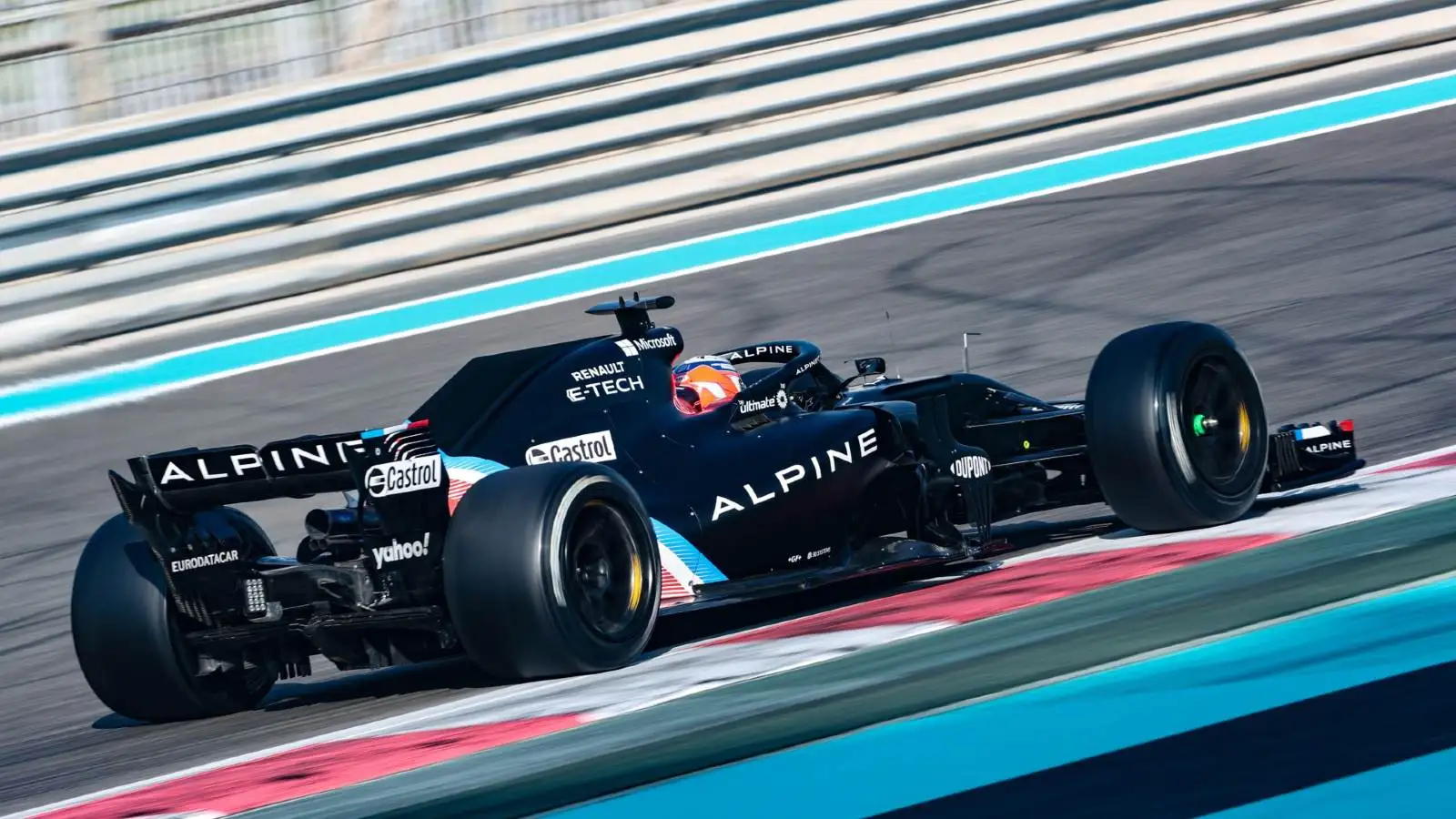The long-awaited F1 2026 regulations have finally been revealed by the FIA, showcasing the future look of Formula 1 cars. The specifications promise a significant transformation in both chassis and power units starting in the 2026 season.
One of the most talked-about changes is the enhanced focus on sustainability. The new power units will triple the power generated by electrical energy, balancing the output between electric and internal combustion engines. Audi is set to make its debut with a full takeover of the Sauber team, while Honda will partner with Aston Martin after parting ways with Red Bull, who will be collaborating with Ford on their power units.
In total, there will be six power unit manufacturers on the grid: Honda, Red Bull Ford Powertrains, Ferrari, Mercedes, Renault, and Audi. According to FIA single-seater director Nikolas Tombazis, the principle of ‘race-ability’ introduced in 2022 will continue, aiming to allow drivers to compete more closely with each other.
Key changes include making the cars lighter, shorter, and narrower. The minimum weight has been reduced by 30kg to 768kg, the wheelbase is decreased by 200mm (from 3600mm to 3400mm), and the width is narrower by 100mm (down to 1900mm). These adjustments aim to create a more nimble vehicle.
Active aerodynamics will be a significant feature. While DRS will no longer be used for overtaking, a movable rear wing will automatically open on straights to reduce drag. Additionally, new active front wings with moving parts will adapt to the energy demands of the sustainable fuel-powered units. The introduction of a ‘Manual Override Mode’ will allow drivers to deploy more electrical power, enhancing overtaking capabilities.
Safety remains a priority, with tougher tests and stronger structures in place for the 2026 cars. FIA President Mohammed Ben Sulayem emphasized the importance of the new regulations, stating, ‘Today, the FIA is defining a hugely exciting future for the pinnacle of motorsport with the launch of a comprehensive new set of regulations for the 2026 FIA Formula One World Championship and beyond.’
He further added, ‘Collaborating with our partners at Formula 1 and with the assistance of the sport’s 10 teams and all our stakeholders, this represents a unique revision that will ensure our premier championship is even more relevant to what is happening in the world.’ With a focus on advanced sustainability technology and safety, the new regulations are designed to make the championship more attractive to manufacturers and competitors alike.
The unveiling of the F1 2026 regulations marks a significant milestone in the evolution of Formula 1. With substantial changes geared towards sustainability, safety, and competitiveness, the future of the sport looks promising and exciting.










